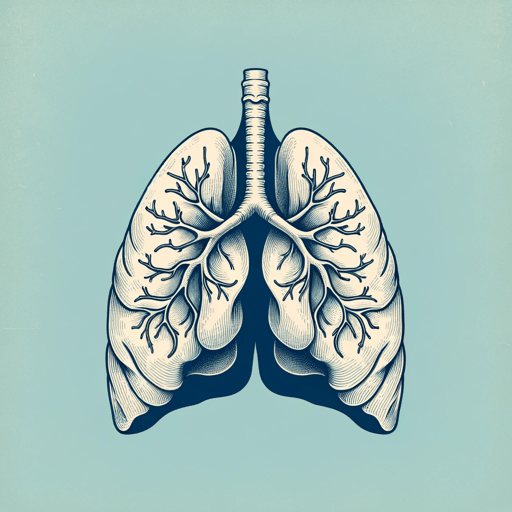36 pages • 1 hour read
James NestorBreath: The New Science of a Lost Art
Nonfiction | Book | Adult | Published in 2020A modern alternative to SparkNotes and CliffsNotes, SuperSummary offers high-quality Study Guides with detailed chapter summaries and analysis of major themes, characters, and more.
Part 3, Chapter 8-EpilogueChapter Summaries & Analyses
Part 3: “Breathing+”
Chapter 8 Summary: “More, on Occasion”
Chapter 8 begins by describing a new set of breathing techniques that Nestor refers to as Breathing+. These techniques require more dedication, effort, and a willingness to tolerate discomfort. In normal circumstances, Breathing+ can be dangerous to one’s health and require medical care; however, under the right conditions and if used consciously, Breathing+ “can radically transform lives” through its restorative, healing powers (140).
Nestor’s first case example focuses on Jacob Mendez Da Costa, a doctor from the Civil War era who treated soldiers suffering from “anxiety and paranoia, headaches, diarrhea, dizziness, and shooting pain in their chests” (141). Da Costa suspected that the soldiers—none of whom saw combat—suffered from a disturbance in their nervous system, a theory that Nestor builds on with an extended discussion of how breathing regulates the autonomic nervous system. Deep and soft inhalations with strong exhalations induce a parasympathetic response, which is relaxing. Conversely, short and hasty breaths induce a sympathetic response that triggers a heightened state of action. Breathing+ techniques use stress-inducing and sympathetic responses to rebalance the body, disproving the commonly held notion that the “autonomic nervous system, per its definition, was supposed to be autonomic, as in automatic, as in beyond our control” (150).

